Behind the lunch line
Serving delectable food each day requires delicate care
HOT LUNCH HERO: Ruth Villarreal serves warm bread to students. Villarreal takes pride in her work and is well-known for her kindness in the lunch line. “My favorite part of my job is serving to the future,” Villarreal said. “You are my future.” Photo by Lucy Marco.
November 14, 2019
Every day, the Austin Independent School District feeds around 80,000 students. The process of feeding that many people is more complicated than Julia Child’s recipe for Boeuf Bourguignon and involves many food-service players from cafeteria workers and cooks to lunch planners and even a district dietitian.
How do they do it?
AISD cafeterias have the unique task of keeping lunches healthy, nutritious and also appealing to students.
Ryan Cengel, the AISD dietitian, is responsible for the task of planning menus for 130 schools, making sure to meet the United States Department of Agriculture nutrition guidelines while keeping in mind allergies and the special diets of some students. Cengel states that providing a wide variety of fresh and nutrition-packed foods can improve the foundation of health and academic performance.

CARE FOR A PEAR: Ruth Villarreal hands junior Julian Smith a pear while he goes through the lunch line. “I don’t use the lunch line very often, but I’m thankful for their services and how they help every student in the school,” Smith said. Photo by Lucy Marco.
“Balance, variety and moderation are the keys to a healthy diet,” Cengel said. “A diet filled with a variety of whole grains, fruits and vegetables, lean protein and low fat dairy products is the key to lifelong health.”
Cengel believes that Austin ISD has some of the most nutritious menus in the nation.
“We far exceed the nutrition regulations set forth by the USDA, which are the most stringent regulations in American history,” he said. “We offer plant-based options each day, lots of fresh fruits and vegetables.”
AISD also pays close attention to where the food they serves comes from.
Our cafeteria staff are some of the hardest working people in this city.
— Ryan Cengel, AISD dietitian
“We are a clean-label district, meaning that we don’t purchase ingredients or products that contain harmful substances,” Cengel said, “and [we] offer lots of local and organic options each day.”
But no matter what the ingredients are, the priority in AISD is making the food appetizing to students.
“We have to balance a lot of factors when planning our menus and make sure that we are offering food that the students like to eat,” Cengel said. “It doesn’t matter how healthy our menus are if the food ends up on the compost pile.”
Avoiding that outcome, Cengel said, comes down to preparation.
“Our cafeteria staff are some of the hardest working people in this city,” Cengel said. “They have a lot of tasks to accomplish each and every day in a short period of time to make sure that they are serving our students healthy and tasty meals in a safe manner.”
Cengel says that he hopes to see more school districts adopt the practices that Austin ISD has been using, such as scratch cooking, global flavors, sustainable purchasing and innovative service models like food trucks.
“I also hope that Congress passes a Child Nutrition Reauthorization Act that maintains or strengthens current nutrition standards and provides more funding for child nutrition programs,” he said.
We far exceed the nutrition regulations set forth by the USDA, which are the most stringent regulations in American history.
— Ryan Cengel, AISD dietitian
The front line of preparing food for hundreds of AISD students falls to the cafeteria workers. Their challenge is made more difficult by the age of the kitchens in which they work.
“If I could change one thing about the cafeteria, I would want new equipment,” one cafeteria worker told The Shield.
They overcome this challenge by working well as a team. When asked to identify a favorite part of their job, all agreed that spending time and working together as friends makes their job much more enjoyable.
While the community of the cafeteria is important, the cafeteria works also said they take very seriously the responsibility of feeding children who depend on school lunches for their primary meal of the day.
“We just expanded the Community Eligibility Program in the district to be able to offer free meals to all students in 82 schools in the district,” Cengel said. “This is a great opportunity for families in an increasingly expensive city like Austin to make sure that their children are fed healthy meals each day so they can learn in the classroom and grow and develop properly.”
Although American school lunches have traditionally had a bad reputation, here at McCallum, a lot of thought, attention, and care go into each and every meal.




![A HARD DAYS KNIGHT: Working hard to keep McCallum clean, janitor Kenneth Sterling takes out the trash from the boys bathroom. After finishing the boys bathroom, he cleaned the science hall. “I never decided to [be a custodian] initially, Sterling said, but once I started doing it I just really liked it, and I still like it today.” Photo by Lily Dashner.](https://macshieldonline.com/wp-content/uploads/2019/02/News-story-photo-2-475x317.jpg)
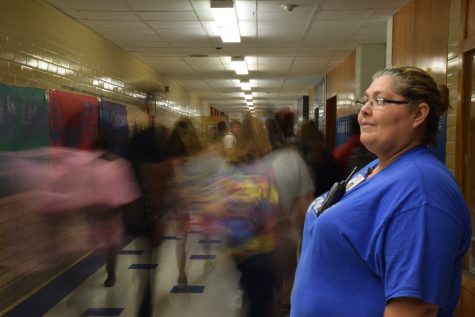
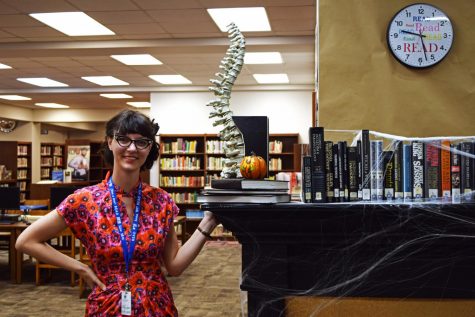
![A HARD DAYS KNIGHT: Working hard to keep McCallum clean, janitor Kenneth Sterling takes out the trash from the boys bathroom. After finishing the boys bathroom, he cleaned the science hall. “I never decided to [be a custodian] initially, Sterling said, but once I started doing it I just really liked it, and I still like it today.” Photo by Lily Dashner.](https://macshieldonline.com/wp-content/uploads/2019/02/News-story-photo-2-300x200.jpg)

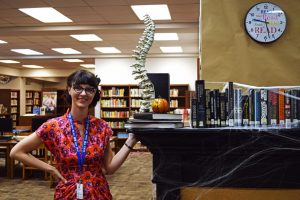




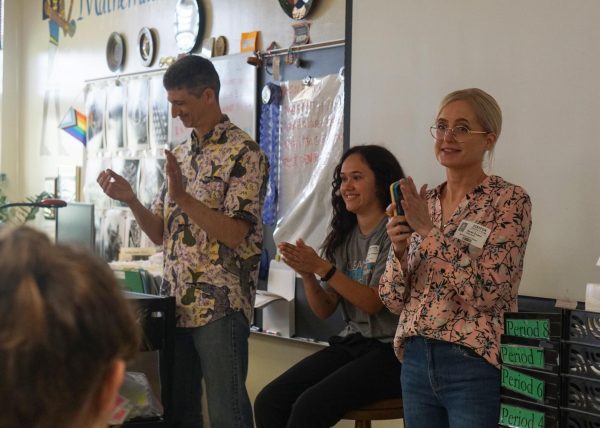

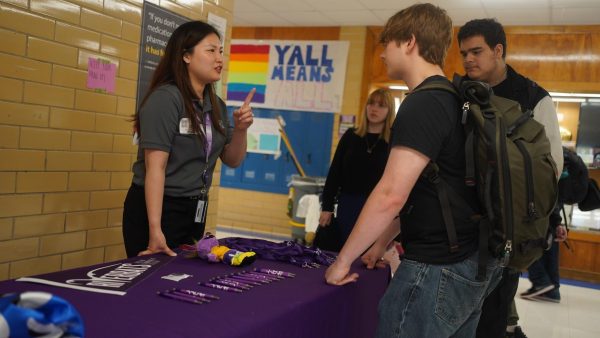

![With the AISD rank and GPA discrepancies, some students had significant changes to their stats. College and career counselor Camille Nix worked with students to appeal their college decisions if they got rejected from schools depending on their previous stats before getting updated. Students worked with Nix to update schools on their new stats in order to fully get their appropriate decisions. “Those who already were accepted [won’t be affected], but it could factor in if a student appeals their initial decision,” Principal Andy Baxa said.](https://macshieldonline.com/wp-content/uploads/2024/04/53674616658_18d367e00f_o-600x338.jpg)
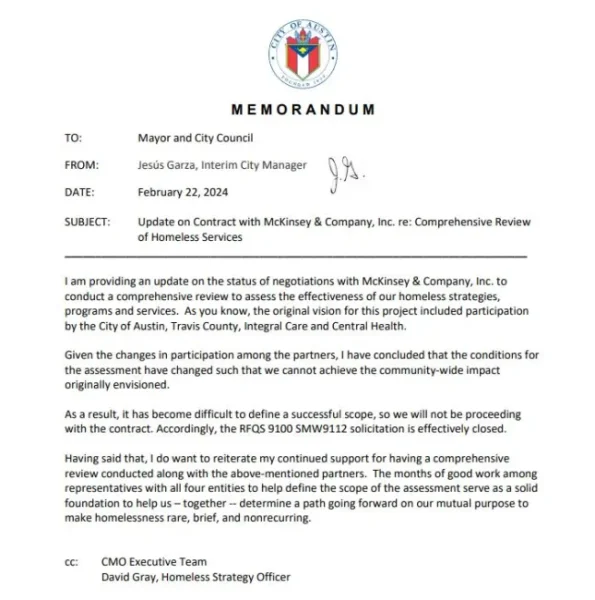
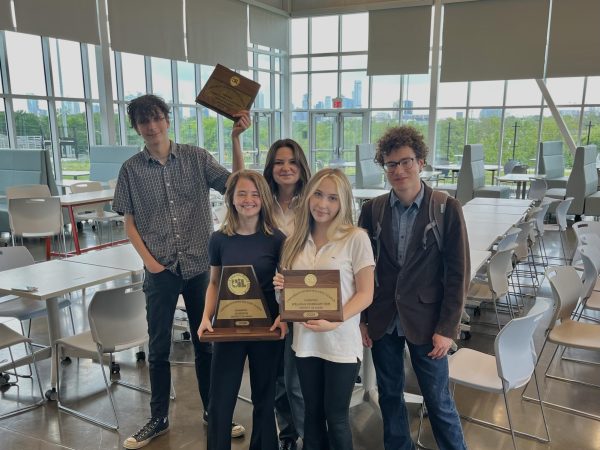

Georgia • Dec 4, 2019 at 3:14 pm
I thought this article was really sweet and was really enjoyable to read. Also all the pictures where very cute.